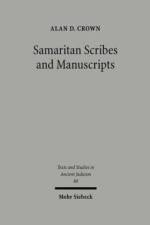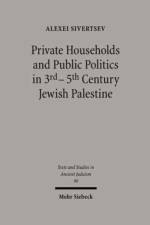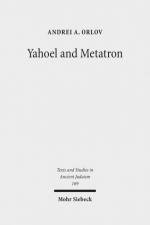av Shai Secunda & Uri Gabbay
2 851
This volume presents a group of articles that deal with connections between ancient Babylonian, Iranian and Jewish communities in Mesopotamia under Neo-Babylonian, Achaemenid, and Sasanian rule. The studies, written by leading scholars in the fields of Assyriology, Iranian studies and Jewish studies, examine various modes of cultural connections between these societies, such as historical, social, legal, and exegetical intersections. The various Mesopotamian connections, often neglected in the study of ancient Judaism, are the focus of this truly interdisciplinary collection. Contributors:Jonathan Ben-Dov, Yaakov Elman, Irving Finkel, James Nathan Ford, Eckart Frahm, Uri Gabbay, Yishai Kiel, Reuven Kiperwasser, Maria Macuch, Shai Secunda, Dan D. Y. Shapira, Prods Oktor Skjærvø, Caroline Waerzeggers, Nathan Wasserman, Abraham Winitzer, Ran Zadok






























